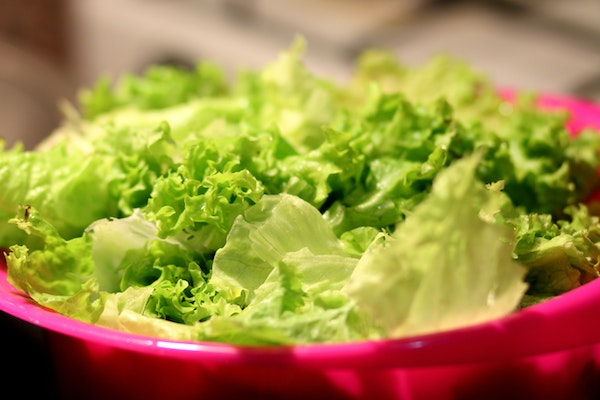Words: Team THINKWELLNESS360
Lettuce is a small-size annual plant. Its leaves give out milk-like ‘sap’ when cut. There are about six varieties of lettuce that exist. The leaf varieties which have a mild bitter taste are rich in antioxidants.
A low calorie green-vegetable, fresh lettuce provides just 15 calories per 100gm. Put simply, the vegetable is a ‘powerhouse’ of phytonutrients, with a variety of health-promoting and disease-prevention properties.
Fresh raw-lettuce provides our daily vitamin A and beta-carotene requirements. Vitamin A is required for maintaining healthy mucous membranes and skin; it is also essential for vision. Lettuce is ‘packed’ with vitamin K too, which promotes metabolic activity in the bones and prevents neural damage — a likely cause of Alzheimer’s disease.
Lettuce is also rich in folates and vitamin C, a powerful natural antioxidant, which helps the body to develop resistance against infectious agents and harmful free radicals.
Zeaxanthin is another important dietary carotenoid found in lettuce. It is selectively absorbed into the retinal macula lutea, in the eyes, where it is suggested to provide antioxidant benefits and filter UV rays that fall on the retina. A diet rich in zeaxanthins and carotenes is evidenced to offer therapeutic protection against age-related macular disease [ARMD] in elderly individuals.
Lettuce also contains adequate minerals — for example, iron, calcium, magnesium, and potassium, all essential nutrients for body metabolism.
Potassium is an important component of cell and body fluids — it helps to regulate heart rate and blood pressure. Copper is required in the production of red blood cells. Iron is essential for red blood cell [RBC] formation. In addition, lettuce is also rich in B-complex group of vitamins — in other words, thiamin, pyridoxine and riboflavin.
The only caveat is — pesticides are often used in lettuce crop. The best thing one can do is to wash lettuce thoroughly in filtered water before cooking. Better still, one would do well to opt for organic varieties, which are free of pesticides, or toxins, and also safe for consumption.
Things To Do
Lettuce should be used soon after purchase, but if it must be stored, leaves that are wilting should be removed. Unwashed lettuce can be kept 3-4 days at most in a perforated plastic bag in the vegetable crisper of the refrigerator.
Lettuce is most often eaten raw in salads and sandwiches. Iceberg, leaf, or romaine works well in Greek salad; romaine is often used for Caesar salad. Combinations of lettuce varieties make for tastier and more nutritious salads. A salad spinner improves the quality of salads by drying the greens quickly and completely. In addition to being used in salads, lettuce leaves can be used to hold cooked vegetables, sandwich fillings, and condiments.
Romaine and loose leaf lettuce contain 5-6 times the vitamin C and 5-10 times the vitamin A of iceberg. Romaine and butterhead lettuce are good sources of folate.

